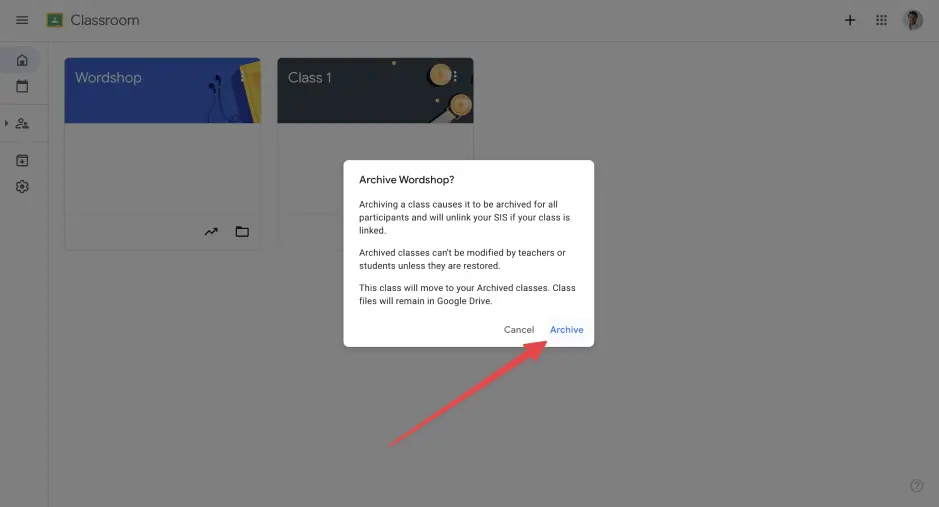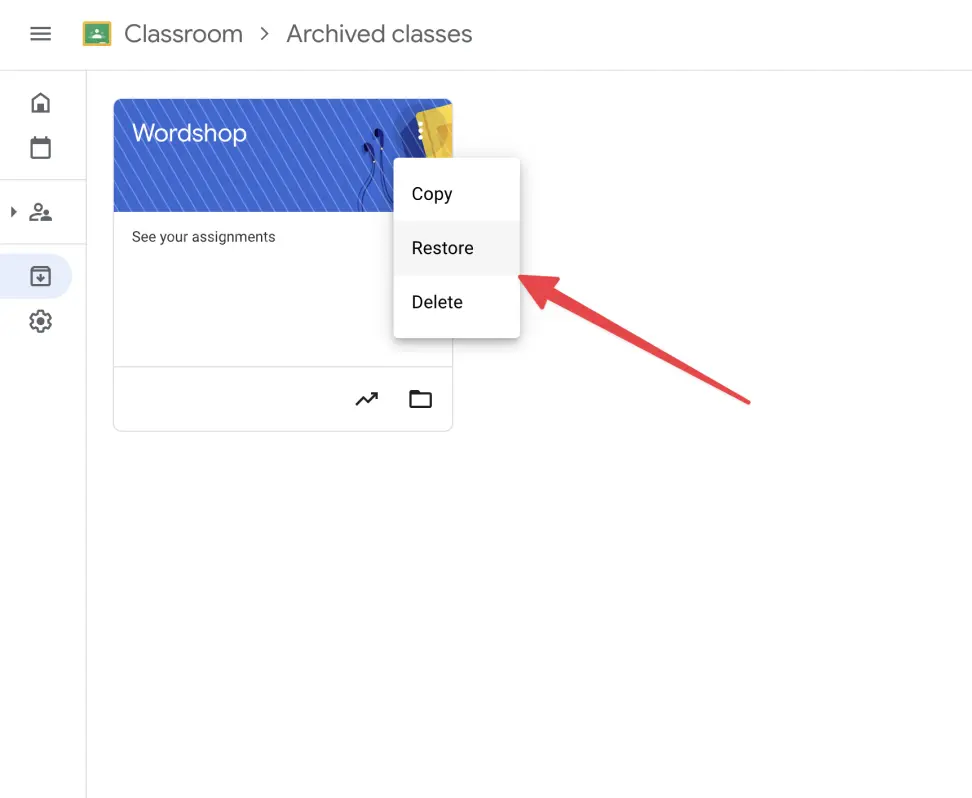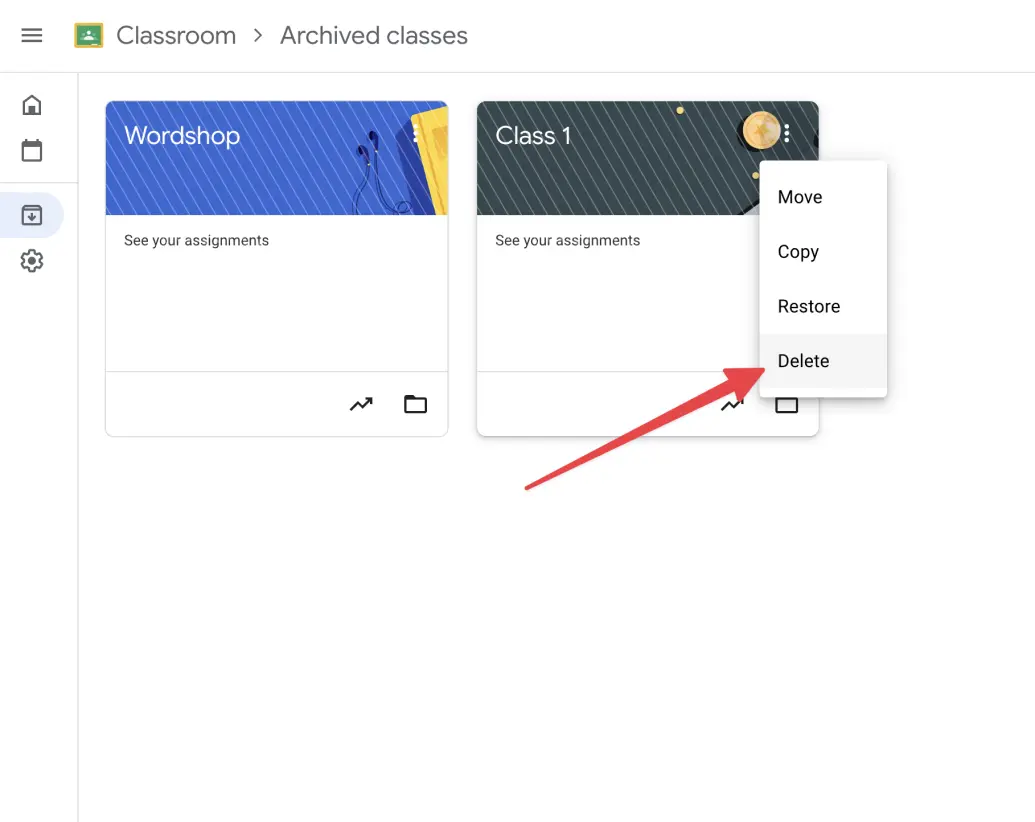Google Classroom is an essential tool for educators, streamlining the management of classroom tasks and communication. However, as the academic year concludes or a particular course ends, it becomes necessary to archive a Google Classroom to keep your workspace organized.
Archiving preserves the class's data while removing it from the active classes view. This tutorial will guide you through the process of archiving a Google Classroom step-by-step, whether you’re using a computer or a mobile device.
Introduction to Archiving Google Classroom
Archiving a Google Classroom is a straightforward process designed to help educators manage their classes efficiently.
Once archived, a class is removed from the active class list but remains accessible for reference, ensuring that important materials and records are preserved.
Why Archive a Google Classroom?
Archiving is beneficial for several reasons:
Organization: Keeps your active class list uncluttered.
Record-Keeping: Retains all assignments, posts, and grades for future reference.
Resource Management: Frees up space and resources by moving inactive classes to the archived section.
Preparation for New Courses: Helps in preparing for new terms by clearing out completed classes.
Pre-Archiving Google Classroom Preparations
Before archiving a class, consider the following steps:
Backup Important Data: Ensure that you have copies of important student work, grades, and other critical data.
Notify Students: Inform your students about the archiving process and let them know that they can no longer interact with the class once archived.
Complete All Grading: Make sure all assignments are graded, and feedback is provided to students.
Read also our article about the 10 Best Google Classroom Alternatives
Steps to Archive a Google Classroom
Step 1: Access Google Classroom
First, navigate to Google Classroom:
- Open your web browser or the Google Classroom app on your mobile device.
- Go to Google Classroom and log in with your Google account if you are not already logged in.
Step 2: Select the Class to Archive
On the Google Classroom homepage, you will see all your active classes displayed as cards. Follow these steps to select the class you wish to archive:
- Locate the class card you want to archive.
- Click on the three vertical dots (More options) in the top-right corner of the class card.

Step 3: Archive the Class
Once you have selected the class, proceed with the archiving:
- In the dropdown menu that appears after clicking the three vertical dots, select “Archive”.
- A confirmation dialog box will appear, explaining that the class will be moved to the archived section and can be restored later if needed.
- Click “Archive” again to confirm.

Your class is now archived and will no longer appear in your active classes list.
Restoring or Deleting an Archived Class
If you need to reactivate or delete an archived class, follow these steps:
Restoring an Archived Class

- On the Google Classroom homepage, click on the three horizontal lines (Main menu) in the top-left corner.
- Select “Archived classes” from the menu.
- Find the class you want to restore.
- Click on the three vertical dots (More options) on the class card.
- Select “Restore” from the dropdown menu.

Deleting an Archived Class

- Go to “Archived classes” following the steps above.
- Find the class you want to delete.
- Click on the three vertical dots (More options) on the class card.
- Select “Delete” from the dropdown menu.
- Confirm the deletion by clicking “Delete” again.

Note: Deleting a class is permanent and can only be done by the primary teacher.
Read also: How to Create Topics in Google Classroom: Tutorial for Instructors
What Happens When You Archive a Class
After archiving, several things occur:
Class Removal from Active View
The class is moved to the archived section and is no longer visible in your active classes.
Access for Teachers
Teachers can still access the class and its contents in the archived section.
Restricted Student Access
Students cannot interact with the class but can view their work and grades.
Preservation of Data
All class materials, assignments, posts, and grades are preserved for future reference.
Calendar Entries
The class calendar remains in Google Calendar for both teachers and students until manually removed.
Bonus Tips
Reusing Class Materials
Archived classes can serve as a repository for materials and assignments that you might want to reuse in future classes.
Managing Archived Classes
Regularly review your archived classes to manage storage and ensure that you only keep necessary data.
Communication
Maintain clear communication with students about the archiving process to avoid confusion.
Cloud Backup
Consider using third-party backup solutions to ensure all your data is safely stored and can be easily restored if needed.
Conclusion
Archiving a Google Classroom is a simple yet powerful way to manage your classes efficiently.
By following the steps outlined in this tutorial, you can ensure that your active class list remains organized while preserving important educational materials and records.
Whether you are closing out a school year or ending a specific course, archiving helps maintain a streamlined and efficient classroom environment.
By understanding and utilizing the archiving feature, educators can focus more on teaching and less on administrative tasks, ultimately creating a more effective learning experience for students.
%201.svg)


.png)




.avif)

%201.svg)

